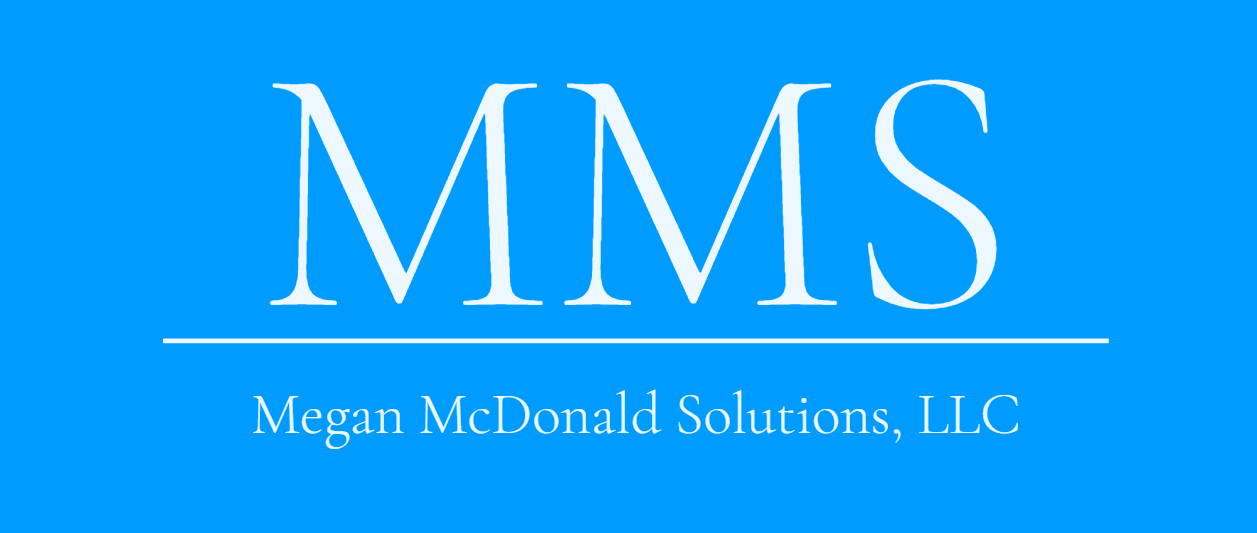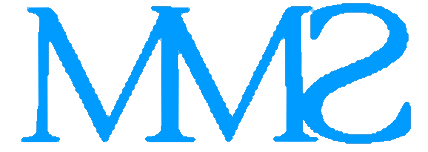Flipping the Education Paradigm – Part One
Each of you are reading this blog because you have a connection to dyslexia. For some of you that is professional, and some of you it is family related. But for each of us it is personal, deeply, deeply personal. And it is my most sincere hope that after reading this blog each of us will face those big hearted, earnest, and sometimes broken, sweet faces, with an entirely new lens. My goal is for you to see the truth of dyslexia, and the truth of your child, with a great and intense and renewed appreciation for what I know to be the true paradigm of success.
Scientists such as Nobel Laureate Carol Greider, Massachusetts Institute of Technology (MIT) Professor Cathy Drennan, and MacArthur Award winning scientist Mimi Koehl all have dyslexia; all seven made man wonders have been designed by dyslexic architects, one in three successful entrepreneurs are dyslexic, and dyslexia is often referred to as, “The MIT Disease.” Peters, Daniel (October, 2016), The Dyslexic Advantage: Our Hidden Revolution, Retrieved from http://huffingtonpost.com/daniel-b-peters-phd. Dyslexia represents 40% of all self- made millionaires, Tulip Financial Group (2003) Study commissioned for a BBC Two series ‘The Mind of the Millionaire’. British Broadcasting Corporation, London; Sunday Times (2003) The Mind of the Millionaire. 5th October 2003.
This is what CAN BE. You know that phrase, “Be nice to that nerd in your class . . . he will be your boss one day.” These are our guys properly actuated. In his November, 2015 Tedx Talk, Dean Bragonier, founder of Noticeability said, “Once you’ve got a captive dyslexic they are ravenous, they are thirsty, they have built this moxy, this grit, and then all of a sudden you are introducing them to something that they are better at than their peers? This is a brand new concept.” I have seen this personally. I lived this and am living this. Given just a little, these guys take off and soar and you are sincerely left in their dust. I love every minute of it; I can tell you that there are few instances in life equally as gratifying.
My daughter, Maggie, has dyslexia and is currently a junior at the University of Notre Dame. In her junior year of high school she was enrolled in our local community college in an art class for the highest altruistic reason: Maggie’s brother was taking calculus at that specific time and I was too cheap to pay for two trips to the community college. In other words, we needed a class offered at the same time as her brother’s calculus. Maggie had never (ever) held an artist’s pencil or painters brush in her hand. She was “crafty” but really I was just blindly seeking a class that she would both enjoy and that might lessen her self esteem challenges. She walked into that class cold. Recently she summarized, “Through the drawing and painting classes I took my last two years of high school, I discovered that I was actually good at something. I found a subject in which I did not need accommodations, tutoring, or proof readers. For the first time in my life I had the opportunity to learn like a normal student. For the first time in my life I did not have to fight my dyslexia.” Kirkwood Art Professor Arbe Barris was instrumental in this process and we are forever grateful to him .
Cognitive gifts are inherent in the condition of dyslexia, properly unlocked. It is only by truly embracing dyslexia that those gifts can properly be the truth of your child. We cannot unlock the truth of our child by hiding behind dyslexia in shame. Only by truly bathing in all that dyslexia is, by wearing it, by owning it, can we not only unlock the truth of our child, but watch this exhilarating process called life unfold before us. Knowing my children both pre and post diagnosis/remediation and seeing their confidence, their skill set, their person, emerge has been the most exciting, riveting emergence, awakening I could ever be honored to witness. There are few words to describe this. This is available to all children. Our population is not excluded from this if we shift the paradigm in which they are evaluated.
Before we journey further together I would ask you to please do a short activity. First, stand up! Yes, stand up. Next, I would like you to shout out the name of the individual whose presence in your life brought you to this juncture. If you have more than one person, just pick one at this time. On the count of three, I want you to both picture the dyslexic person in your life and then shout out the name of that person. OK? Ready, 1,2, 3: Go!! My guess is maybe you are still sitting . . . please stand up!! In your loudest voice, please shout out the name of your dyslexic. Ready? One, two, three: Go! Still standing, I want you to verbalize the following three words, “Is My Hero!” Ready, 1,2,3: “ Is My hero!” Awesome. Now, I want you to combine those pieces–please say the name of your student and then state in your most enthusiastic voice, “Is My Hero!” OK? Go! “Liam is My Hero.” Let’s do it one more time! “ Eavan is my Hero!!” Excellent! You may be seated, and let the story commence! Stay tuned for the next installment of the Unlocking Dyslexia blog!

